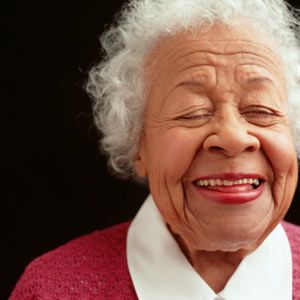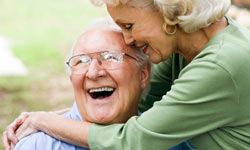All living human beings are actively aging, whether they're 10 or 110, but their levels of activity might determine how long they keep having birthdays. Studies on aging in the early 1970s led to the publication of "An Exploration of the Activity Theory of Aging" by Lemon, Bengston and Peterson in 1972. Although the study was published in the specialized Journal of Gerontology, it became one of the most mainstream and applied theories in the United States and elsewhere. Some call the findings a "common sense theory" because to sum it up, the activity theory suggests that as people age, they start to lose the identity they had in work or in family life. And those who continue to participate in activities and interact socially have a higher quality of life and tend to be healthier and live longer, in part because it enhances a sense of self [source: Roy and Russell].
Getting out and doing just any old thing, though, might not be as beneficial as doing something a person truly enjoys. And the activity theory actually suggests doing activities you have no interest in may even have negative consequences. Continuing a hobby like golf or baseball throughout all stages of life, from youth to middle age to senior stages, seems to have the greatest benefits in terms of health and happiness [source: Roy and Russell].
Advertisement
While the activity theory might not seem so eye-opening today, some consider it the start of a movement to develop senior centers and focus on getting older generations engaged rather than keeping them passive or sedentary [source: Bearon]. It also contrasted an earlier study, the disengagement theory of aging from 1961, that suggested older people should do what comes "natural" with age, which is withdraw and settle into inactivity until death [source: Bearon].
Apply that theory today, for example, and advise a 60-year-old to just take it easy and ride out his "final" years could mean keeping him down for 20 or more years based on the current U.S. life expectancy of about 79 [source: World Bank]. We largely credit medical advances for adding more years to our life expectancy, but it's likely that the increase in activity among seniors has played a part as well.
So exactly how does the activity theory of aging apply in today's society? Is it common sense to be active, and do any activities and interactions count, or only certain kinds? See how the theory has been put into action.
Advertisement



